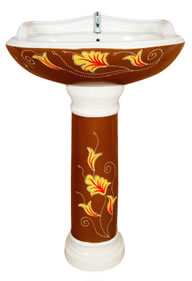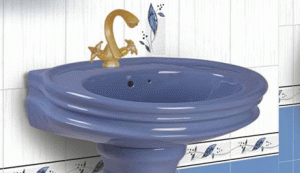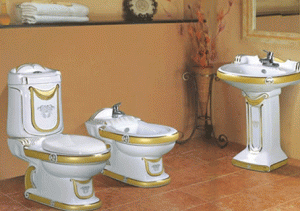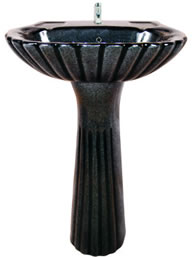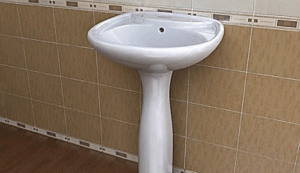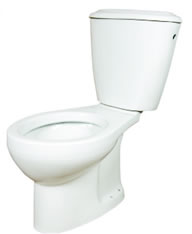 Ceramic is the most suited and perfect material for bathroom products. It has extremely high thermal stability of the natural material, which in turn results in extremely solid products. Because of the material’s solidity and wear-resistance it is highly used in public sanitation facilities and also stubbing out a cigarette on the ceramic will cause no damage.
Ceramic is the most suited and perfect material for bathroom products. It has extremely high thermal stability of the natural material, which in turn results in extremely solid products. Because of the material’s solidity and wear-resistance it is highly used in public sanitation facilities and also stubbing out a cigarette on the ceramic will cause no damage.
Ceramic has a long service life. It is hygienically smooth surface glaze and is wear and scratch-resistant. High quality ceramic sanitary ware from India gives you a feeling of comfort. The smooth surface glaze of ceramic sanitary ware is scratch-resistant and is resilient to the abrasive cleaning agents. Ceramic ware continues to be the top choice for bathrooms because it is easy to care and easy to clean. The ceramic sanitary ware for bathrooms is resistant to extreme temperatures and retains its colour even when subjected to high incident light radiation. It caters to the wide variety of requirements and room layouts, whether for water closets or ceramic wash basins used in commercial projects and private bathrooms. The ceramic sanitary ware products are available in many variations and price versions.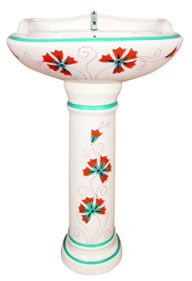
The term ceramic refers to an inorganic, non-metallic solid prepared by the action of heat and subsequent cooling. Ceramics are one of the three most important types of primarily man-made materials. The chief feature of ceramics is their resistance to chemicals and high temperatures. The word ceramics comes from the Greek word keramos, meaning potter’s clay. The term ceramic describes a material that is neither a metal nor a plastic. Most ceramics are compounds of carbon, oxygen and nitrogen in combination of other chemical elements. Ceramics are made into useful materials and products like sanitary wares etc. through high temperature processing. Manufactures make ceramics from minerals such as bauxite, clay, feldspar, silica and talc. These minerals, called silicates, form most of the earth’s crust and occur almost limitless. Most ceramics are made from clay that consists of one or more silicates. But not all ceramic materials consist of clay. For example, glass is made from sand. Most ceramic products, like their mineral ingredients, can withstand acids, gases, salts, water and high temperatures. Not all ceramic products have the same characteristics. Ceramic engineers control the properties of a product by controlling the proportion and type of materials used. The properties of ceramics make them more suitable for certain products. The clays and other materials used to make ceramics are dug from the earth. Machines crush and grind the minerals into fine particles. The particles are mixed in the proper proportions, and water is added to them to make them flexible for shaping. The most common methods used to shape clay ceramics are jiggering, slip casting, pressing and extrusion. In jiggering, a machine presses the clay into a rotating mould of the desired shape. Slip casting consists of pouring liquid clay into a mould. The clay hardens next to the mould, and the surplus slip is poured off to form hollow items. Extrusion shapes such objects as bricks and drainpipes by forcing the clay through an opening in a shaping tool. Manufacturers cover many ceramic products with a glassy coating called glaze. Glaze prevents the items from absorbing liquids and makes it smoother and easier to clean.

